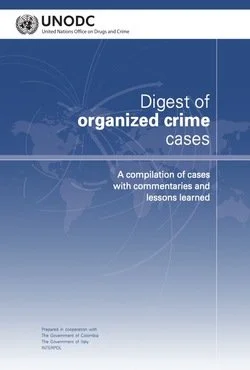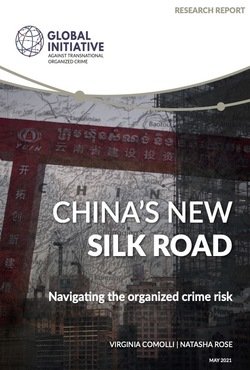By ENACT
In the last two decades the percentage of imprisoned women offenders is growing globally, at a faster rate than imprisoned male offenders. Such global increase raises the question as to whether the same can be observed on the African continent . Information suggests that transnational organized crime (TOC) affects African women and girls differently than African men and boys. It is crucial to learn how and if men and women behave differently in TOC in Africa in order to uncover the main drivers of these differences and adapt policing methodology accordingly. While gendered data continues to be insufficiently reported upon by law enforcement authorities in Africa, the assessment suggests that African law enforcement authorities are possibly under -investigating and under -estimating the involvement of African women in TOC. African law enforcement authorities likely continue to perceive them as victims or accomplices only. They are possibly rarely seen as the criminals themselves and less so as being the organizers, leaders, traffickers or recruiters. This gap in police investigations is indeed known to be exploited to the benefit of organized crime as women are more likely to go under the radar. The assessment draws attention to the common features of African female offenders based on available data to share insights and encourage police forces to reconsider their approach.
ENACT (Africa), 2021. 32p.





















